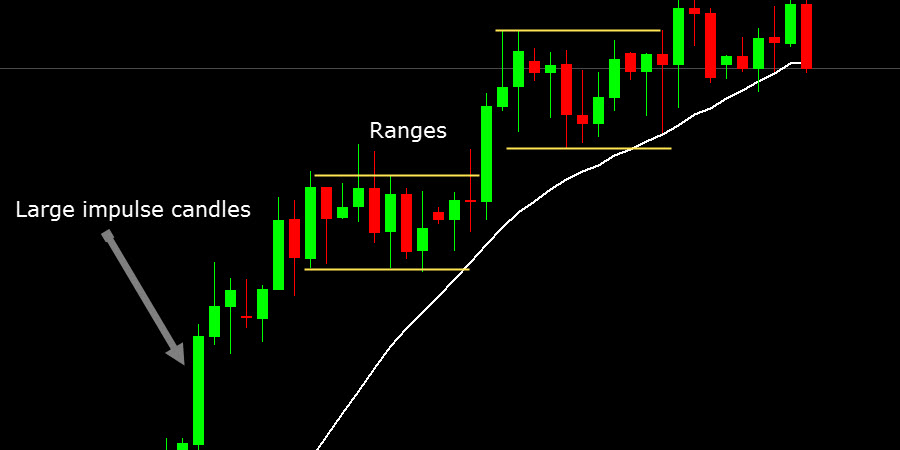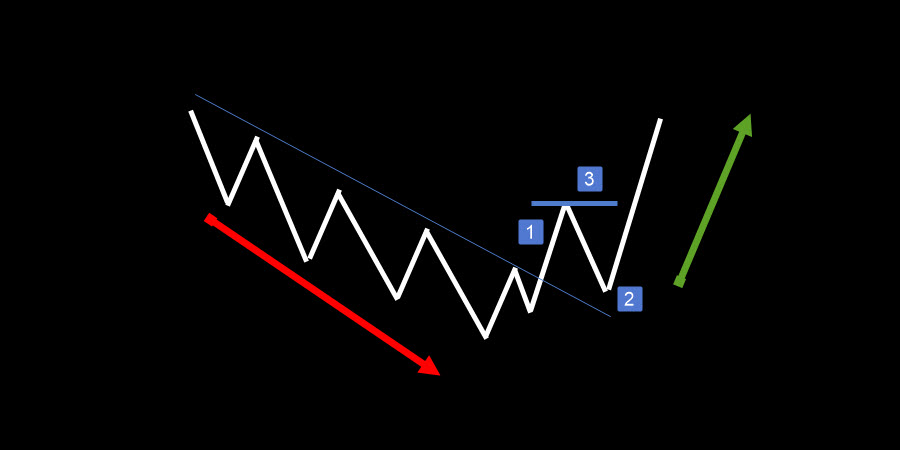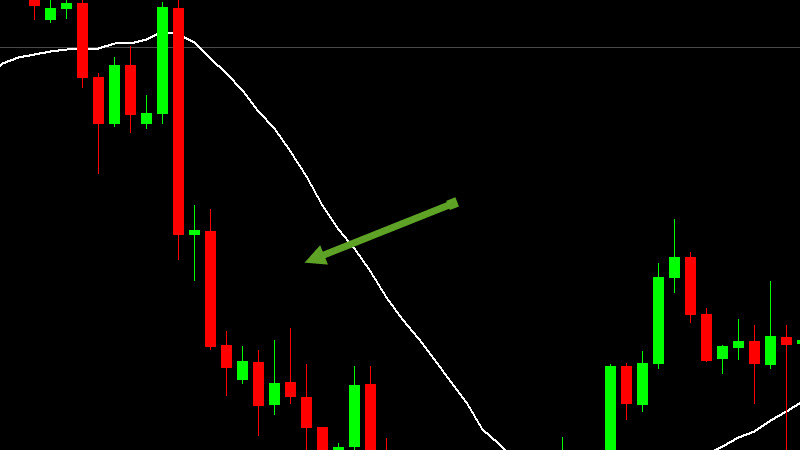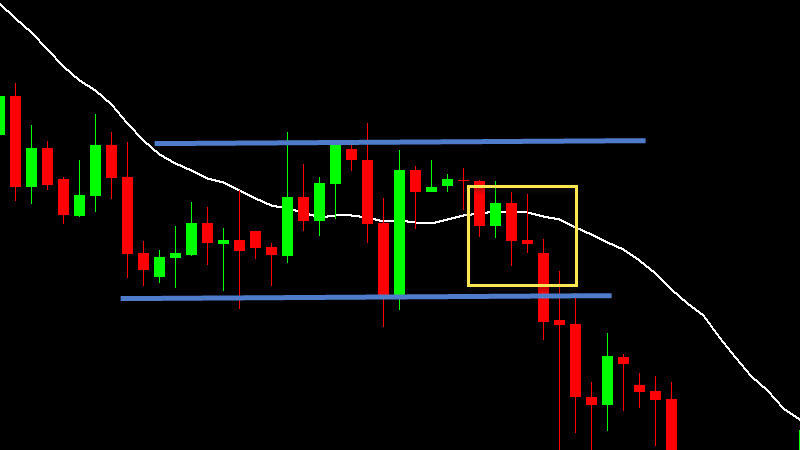Far too many times we hear/read about about people saying something like “Price has crossed over a few moving averages which can only mean…..“.
It can mean whatever you think it means and that is the truth!
So yes, I admit that I have a problem with moving averages but it’s not really with the average itself, (whether it’s the 50 ma, 20 sma, 200 ema) but with the amount of importance many traders place on them.
All an average does is measure the average price (and depending on how you use the calculation) over a set look-back period. It does not have a true predictive ability although some think they are the holy grail of trading.
Yes, I see no conflict behind having swing trading strategies on my site that use moving averages and my feelings about them. The fact is that many traders like to use moving average trading strategies as their main source of method (although the stats say that most people fail at trading…coincidence?)
Moving Averages Provide Support and Resistance
There are people who actually believe that price is finding support or resistance at a squiggly line on a chart. How is that even possible?
- Plot a 20 period simple moving average on your chart.
- Scroll through your charts and find where price has bounced off the average
- Look left
Think about it….
If price is heading up for the last 20 days and then we start to have some down days as well as small ranging days, what do you think will happen?
The moving average and price will eventually meet simply due to the calculation. There is nothing magical about it.

Moving Averages Support
Looking at this chart, large impulse candles can skew the average price and drive price further from the moving average as the average performs the calculation.
Price goes into ranges with bull and bear pushes and small range days. It only makes sense that price and the moving average will eventually meet.
While moving averages can frame price and help ensure you are not trading when price is too stretched, do not think they have any predictive value. They can form the basis for a strategy but you certainly want to have a few more moving parts such as price action at the moving average.
Trend is Up Says The 50 Period Moving Average
Just like the average does not provide support or resistance, trend direction is not determined market wide by the slope of a moving average.
Again, head back to a moving average being simply a calculation of price over a set look back period. An up-sloping average simply means that the average price over X look-back period is going up. Let’s not even begin to mention that with all the time frames that you can trade, each one will have its own trend direction regardless of the moving average setting you choose to use
You want to look for trend, use price action as a means of determining your trend direction.
- Uptrend = higher highs and higher lows
- Downtrend = lower highers and lower lows
- Consolidation = a mixture of the different movements in price without a clear direction
This chart is the 1-2-3 reversal pattern compliments of “Trader Vic” and is a superb way to not only see the change in the rhythm of the market but also frames price in a way conducive to an objective trend determination.

1 2 3 REVERSAL WITH TREND LINE
Price was in a down trend (on this fake chart of course) and lower highs and lows are obvious. Then things change:
- Price breaks the trend line
- Price retests the trend line failing to make a new low (important)
- Price takes out the swing high after the break
I like this way of determining trend and will alert you long before the popular moving averages indicate a trend.
What’s The Use of Moving Averages Then?
Ok, the truth is they are not that bad as long as used properly and with an eye on the price action of the chart.
Moving Averages make a great scanning tool for pullbacks and reversal trades
I can load up my charts with a 20 simple moving average (number does not really matter) and quickly scroll through charts to see where price is in relation to the average of my choice.

Price has stretched. Careful of mean reversion
If I am scanning my charts and see price this far away from the average, I may decide to look for a reversal trade during a rally (price action) or mark the chart as a pullback and continuation candidate. What I will not look for is to jump on the bandwagon (generally because there will be situations where that is fine) only to be selling the lows and suffering through a rally against me.
Use moving averages to locate consolidation patterns
Another use of the moving average is to find where price has slowed down enough that the moving average has caught up to price. When price is whipping back and forth over the average or simply hugs the line, you can call the market is in some sort of balance.
What happens after balance? Momentum…at some point that is.

Consolidation around the 20 period simple moving average
After a strong downtrend, price has begun to bounce around the moving average. At this point, we can say we have price compression (consolidation, range..whatever you want to call it) and we can section of the extremes of price. The yellow box simply highlights an area where you’d want to see if you can position before the break to take advantage of the band wagon traders.
Moving Averages Are A Trading Tool – Not the Holy Grail
Using moving averages as indicated is a more sensible way of utilizing this really simple technical trading tool. But you want to use them in conjunction with other “tools” that are available. Price action and an understanding of the mechanics of price is a good method to use.
Just don’t think that moving averages….or ANY technical trading tool….is what will define your success as a trader. It takes a lot more than an indicator to have you on the path to your ultimate trading goal.




 Posted in
Posted in